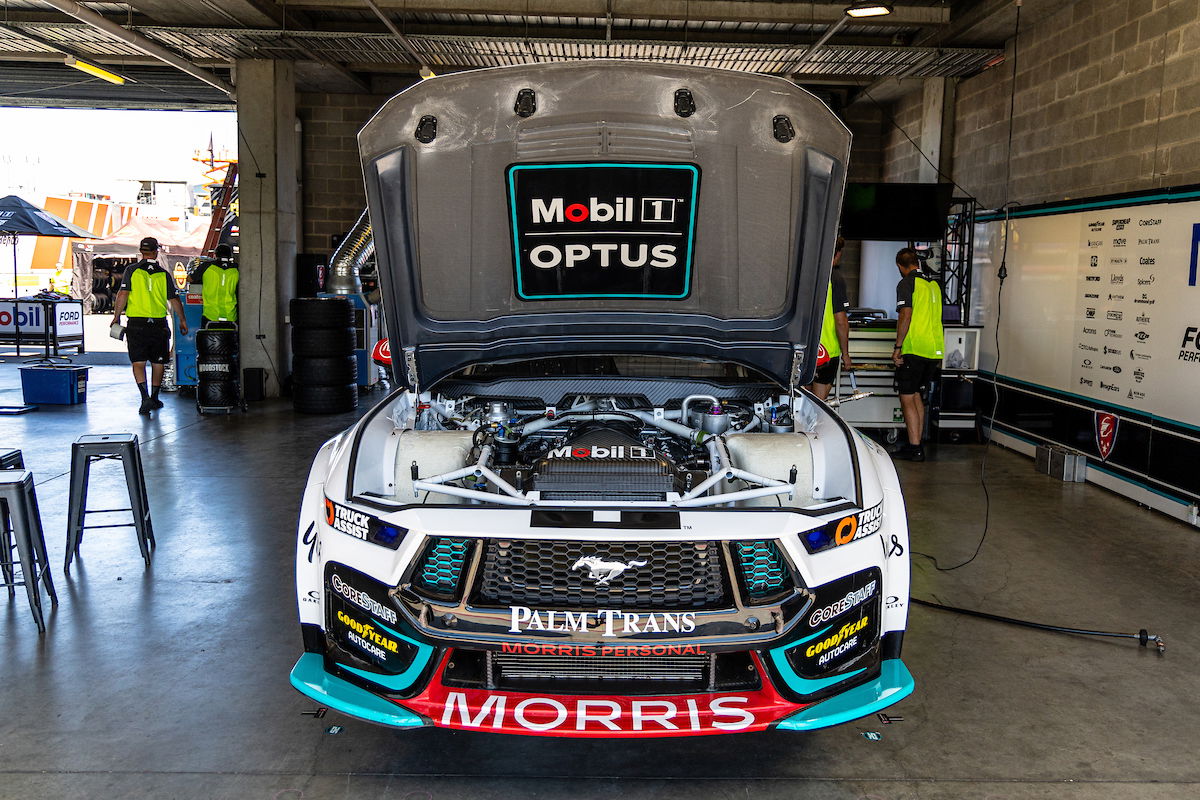

Like the US wind tunnel programme at Windshear before this season, this level of testing is unprecedented in Supercars, given static dyno work was sufficient when both manufacturers were running similar pushrod designs.
It is widely hoped that this detailed assessment of the 5.7-litre pushrod Chevrolet V8 and the 5.4-litre quad cam Ford engine, followed by any required tuning, will wrap a bow on parity for the Gen3 platform.
Phase 1 of the test is now nearing its end, the focus of which was on developing a detailed understanding of the two engines, as well as the capabilities of the AVL dyno.
According to Edwards it has been a productive effort which has even allowed some tuning work to begin ahead of the second phase.
“It’s been a big couple of weeks now,” Edwards told the official Supercars website.
“The GM’s run, the Ford’s run, we’ve now got some good information that we can start to compare the two/
“We’ve still got another four days of running this week and there’s a lot more to get through, but we’ve got ourselves to a point now that we understand the tool, and we’re starting to understand how we utilise it with our engines.
“Both sides have had the opportunity to do a little bit of tuning as well, using the AVL dyno, and we’ll take all the information and then digest it all next week.
“The best way to describe this testing is ‘real-world’ with the ability to input actual track data. They’re used by NASCAR and Formula 1 teams. It’s world-best practice, market-leading machinery.
“We’ve had a few challenges along the way, but we’ve managed to work through those with assistance from both Ford and GM, who have been really supportive in helping us navigate some of the challenges.
“All parties are contributing to the best possible outcome for the category, which is fantastic.”
Edwards added that the round-the-clock work has allowed investigation into areas that were previously not subjected to parity measures when it came to engines.
“We’re measuring things to the nth degree, in the areas that we’ve never considered paritising before, or that people were saying we should paritise this sort of area,” he said.
“Even from AVL’s perspective, they’re still optimising the output to make sure it’s as repeatable and as accurate as it can possibly be.
“They’ve been working 18-hour days, much like Windshear, to maximise every waking hour. In fact, at one point last week, there was 24-hour coverage.
“The head office is in Graz, Austria, so while they went to sleep for six hours in the US, the Austrians were working through things. It’s been a huge effort.”




















Discussion about this post